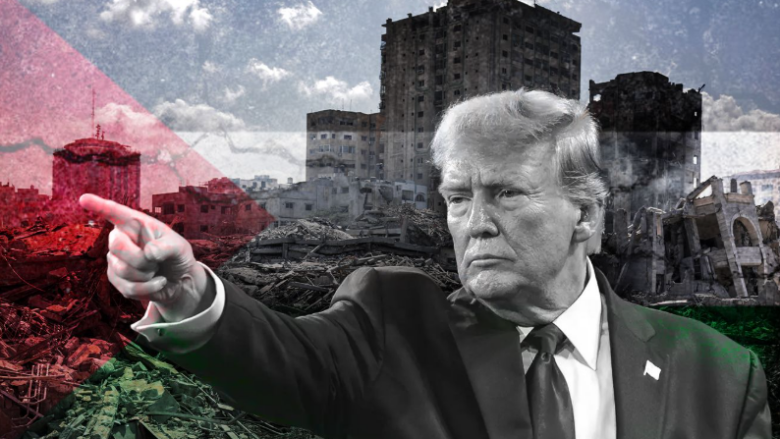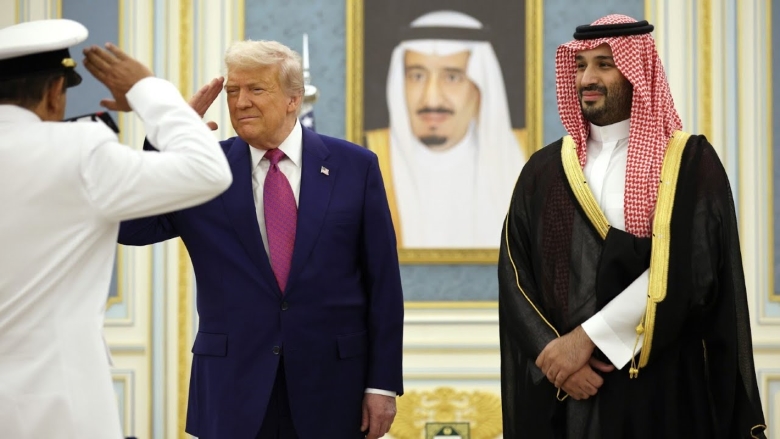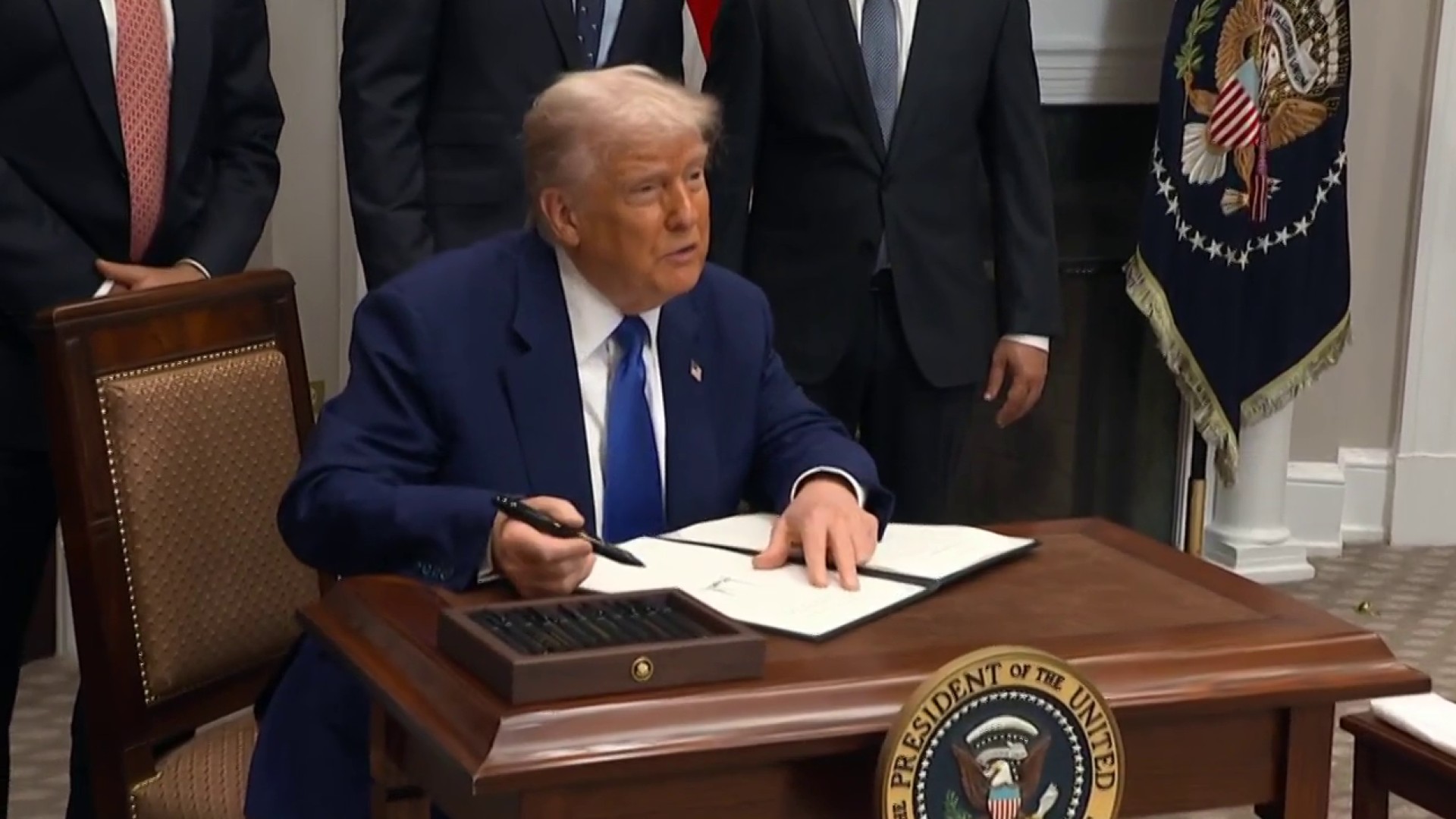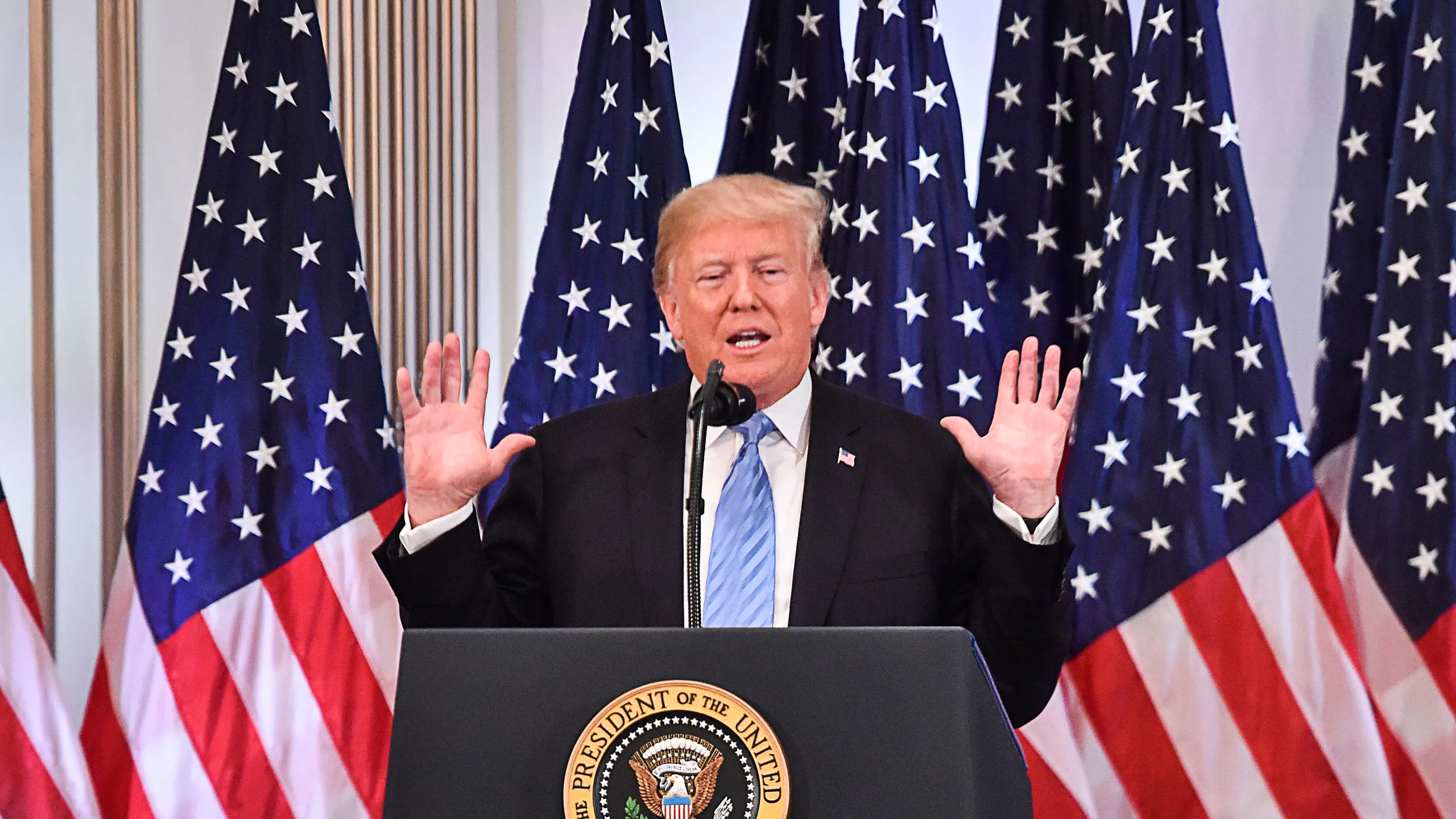In the modern world, where alliances are complex and borders are armed, it no longer takes a global crisis to start a world war. It only takes a spark—a miscalculation, a drone strike, or a cyberattack that escalates beyond control. Today, the balance of global power is fragile, and the fuse is dangerously short.
America: The Armed Superpower on Edge
The United States maintains the most powerful military force in history. It controls over 800 overseas military bases, a vast nuclear arsenal, and the most advanced surveillance and cyberwarfare systems ever developed. But this unmatched firepower comes with a price: obligation and overreach. The U.S. is locked into security guarantees through NATO, treaties in the Indo-Pacific, and direct confrontations with adversaries like China, Russia, Iran, and North Korea.
While America’s firepower is unmatched, its enemies are increasingly coordinated. Russia and China are forming stronger military and economic ties, conducting joint exercises, and presenting an increasingly united front against Western influence. In the shadows, they are testing how far they can go before America is forced to respond.
The Flashpoints Are Already Active
Taiwan. Ukraine. The South China Sea. The Persian Gulf. The Korean Peninsula.
Each of these regions is a loaded weapon, and tensions are rising. If a Chinese fighter jet shoots down a U.S. surveillance plane, if NATO forces are hit by a Russian missile, if an Iranian drone strikes a U.S. aircraft carrier—any of these events could trigger a chain reaction of retaliation, escalation, and total war.
Modern Warfare Leaves No Time to Think
In a future war, decisions must be made in minutes, not days. Hypersonic missiles can strike capitals in under ten minutes. Cyberattacks can disable communications, banking, and power grids instantly. The fog of war, once measured in days or weeks, will descend in seconds.
False information—whether deepfakes, spoofed radar, or hacked satellites—can mislead commanders into thinking an attack has occurred when it hasn’t. And in such an environment, hesitation can be as deadly as action.
America’s Hidden Fragility
Despite its overwhelming military presence, America is facing deep internal fractures. Political polarization, civil unrest, economic strain, and declining trust in institutions are weakening its societal cohesion. If war erupts, the country may face enemies abroad—and division at home.
This scenario has already been simulated—by NATO, by the Pentagon, and by independent war game analysts. In most simulations, nuclear weapons are used within 36 to 72 hours. Global infrastructure collapses. Supply chains vanish. Cities burn.
The Clock Is Ticking
The next global war won’t begin with a grand announcement. It will begin with silence, followed by a sudden, irreversible strike. The machines of war are already in motion. Leaders know it. Generals are preparing for it. The public, meanwhile, continues as if nothing has changed.
But history is clear: no empire remains unchallenged. And no war, once started, remains small.





